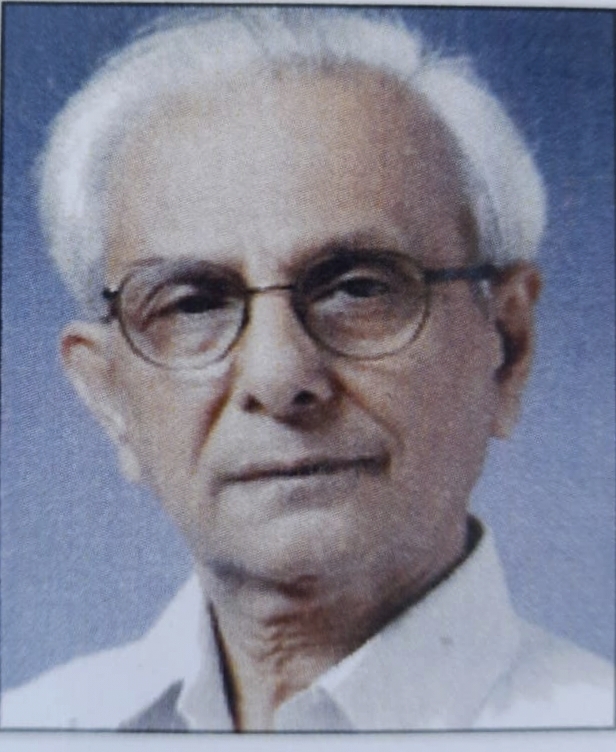
Rajendra Kedia, a writer from Rajasthan, made his literary debut at the age of 65. Since then, his pen has flowed without pause. His stories, written in the style of folk tales, present unique and original narratives that are not mere retellings of traditional stories. A scholar of Hindi, Rajasthani, Sanskrit, Bengali, English, and French, Kedia boasts a personal collection of over 15,000 rare books and manuscripts. His writing aims to familiarize readers with the ancient folk culture and traditional values of Rajasthan.
The World of Proverbs
Kedia has compiled over 20,000 original proverbs in the Rajasthani language, emphasizing their literary heritage. Rajasthan is rich in proverbs, with their essence remaining unchanged despite the passage of time. Kedia's fascination with Rajasthani proverbs began in childhood, listening to them from his father. Many proverbs contain satire that reflects the qualities and characteristics of specific communities. While some critique falsehood and arrogance, others express sorrow over changing social landscapes.
Kedia's proverbs aim to reveal societal and communal discrepancies without harboring animosity. His research-oriented collection is organized into ten thematic volumes, with the first two—focusing on "Caste and Occupational Tribes" and "Animals, Birds, Insects"—already published. Each volume includes detailed discussions on the cultural context, literary references, and idiomatic expressions.
Stories
Kedia asserts that the most beautiful land is Rajasthan, not Kashmir or Paris. The stories of elderly villagers, etched into their wrinkled faces, are countless and worth sharing. He found companionship in books during his childhood, exploring various genres that shaped his writing style.
"Jaat Re Jaat" - Story Collection
His collection "Jaat Re Jaat" is a testament to his connection to Rajasthan's land and language. Comprising 36 stories, it blends proverbs with life experiences. The character of the Jaat serves as both a symbol and a representation of simplicity, bravery, and hard work. For example, in the story "SaanD," a clever Jaat outwits a trickster, while "Jaat Aur Sasural" showcases the wit of a son-in-law navigating familial cleverness.
"Wah Re Jaat" - Story Collection 2
"Wah Re Jaat" contains 35 original stories that reflect the essence of rural life. They tackle themes of gender roles and societal expectations, with narratives like "Jhumpka" emphasizing a woman's superior understanding of honor and propriety. The stories portray Jaat characters as hardworking individuals who strive for their rights while showcasing the indomitable spirit of women.
"Amlakanta" - Story Collection
In "Amlakanta," Kedia presents 20 significant Rajasthani stories that delve into the human experience and the bittersweet realities of life. Themes of nostalgia and the struggles of everyday life resonate throughout the collection.
Novels
Kedia's novels, "Madan Bawaniya" and "Jog-Sanjog," highlight the lives of ordinary people and the historical context of Rajasthan's salt trade, respectively. "Madan Bawaniya" focuses on overcoming fear and societal expectations, while "Jog-Sanjog" depicts the hard work and integrity of traditional traders.
Publications and Honors
Kedia's literary journey began with his first collection, "Tisra Nar," published in 2005. He has since authored multiple novels and story collections, as well as a two-part compilation of Rajasthani proverbs. His work has been recognized with various awards, including the Saraswati Award and the Sant Sunderdas Honor.
Introduction
Born on January 4, 1941, in Fatehpur Shekhawati, Rajendra Kedia grew up immersed in both rural and urban cultures. With a background in literature and law, his passion for writing has led him to contribute significantly to the literary landscape of Rajasthan. After closing his textile business in 2010, he has dedicated himself entirely to literary creation, making his works highly popular among the Marwari community.